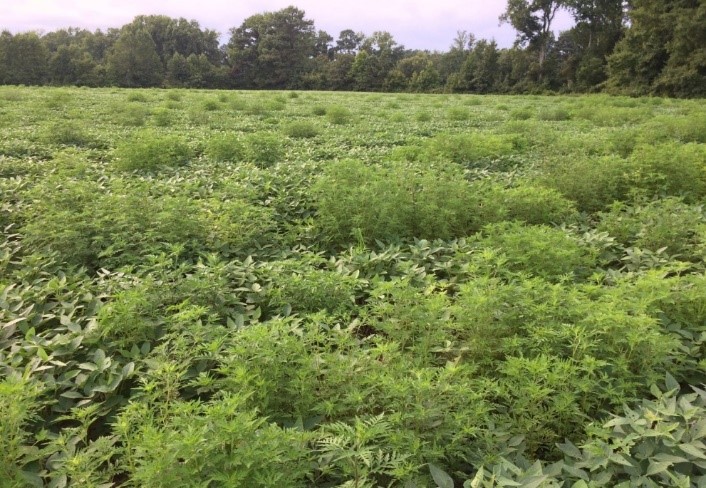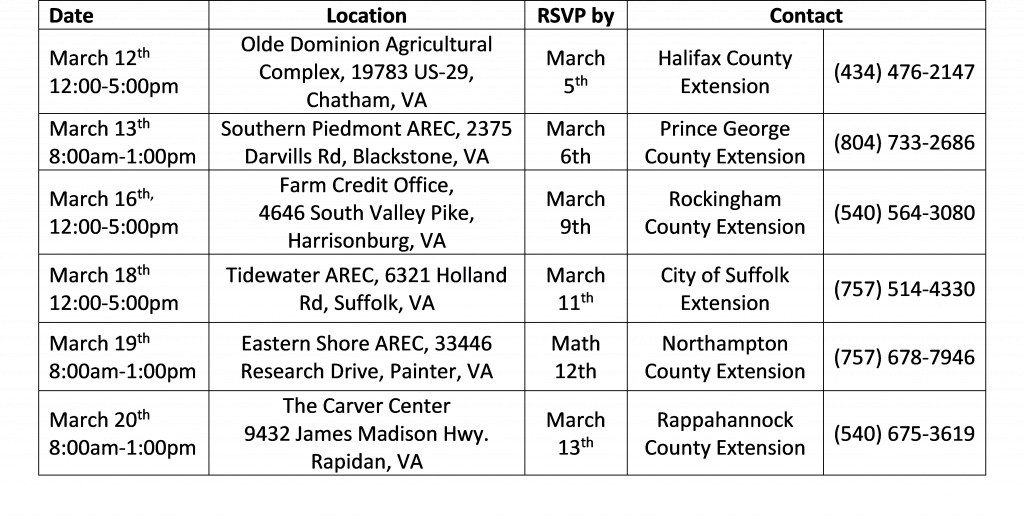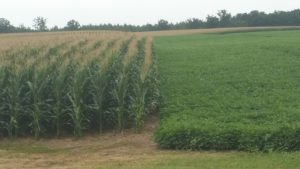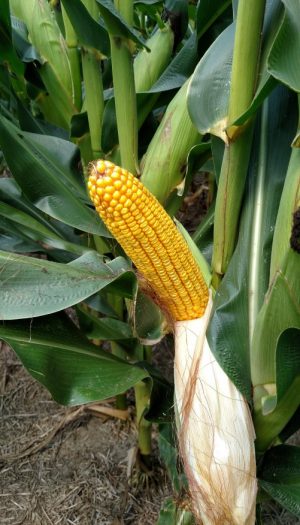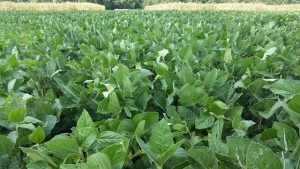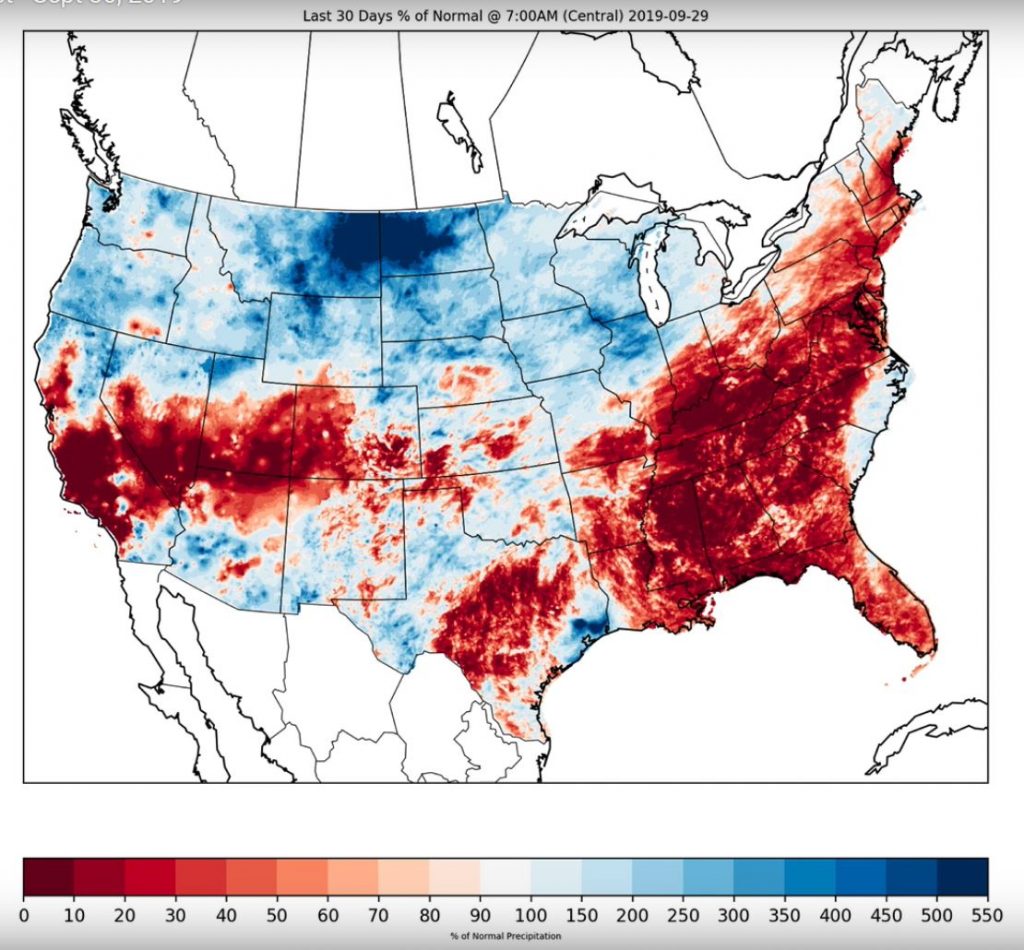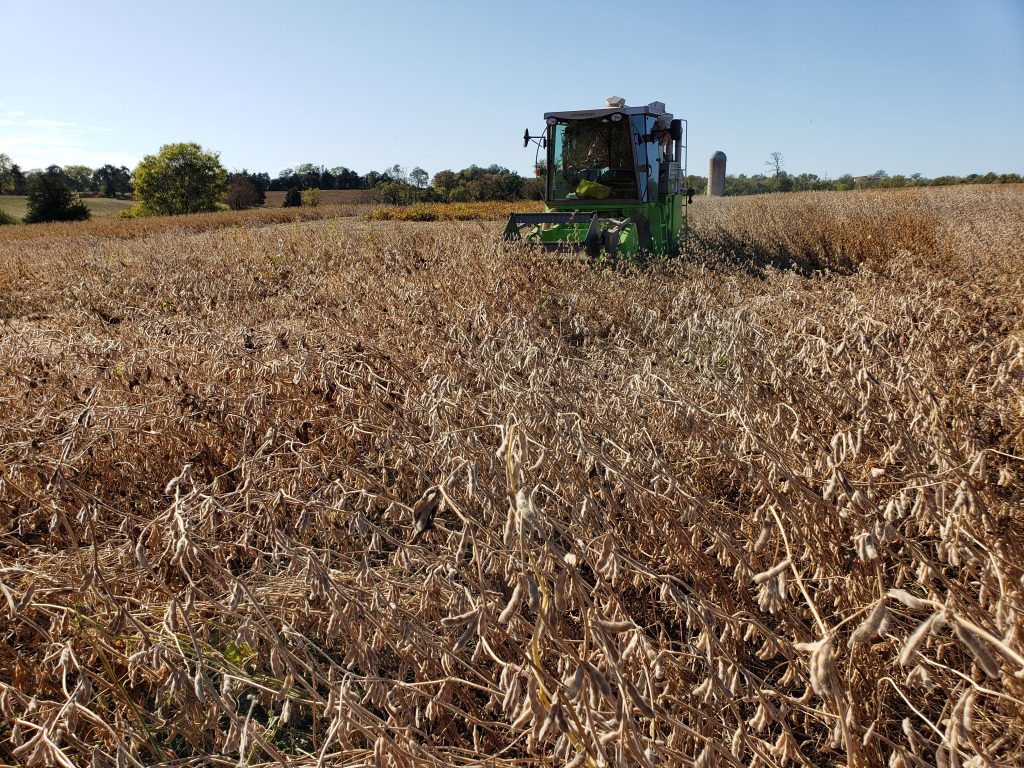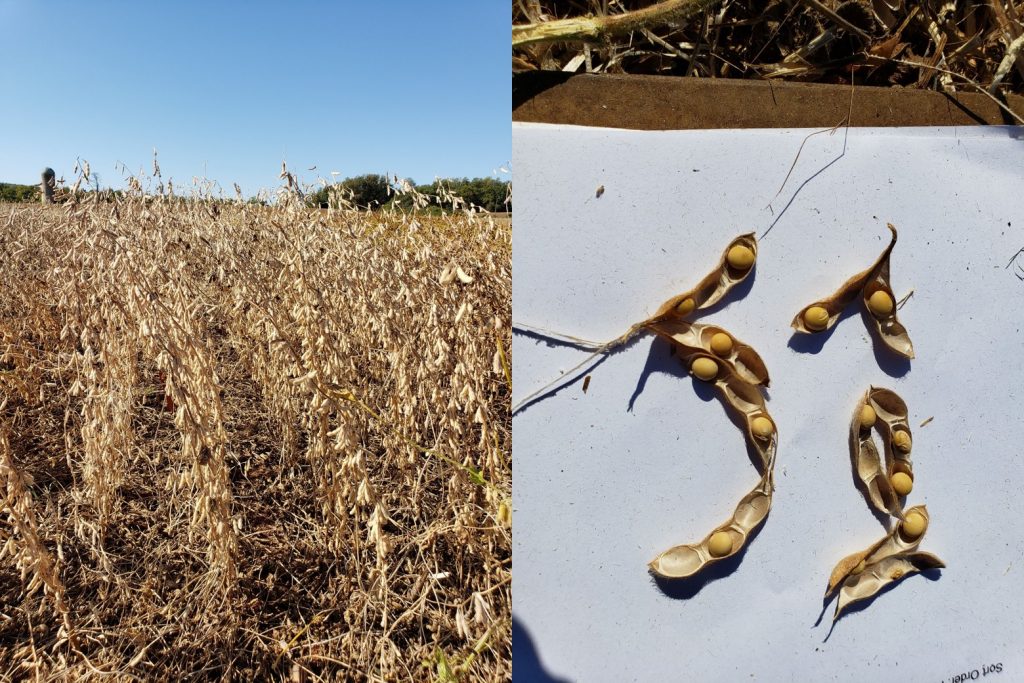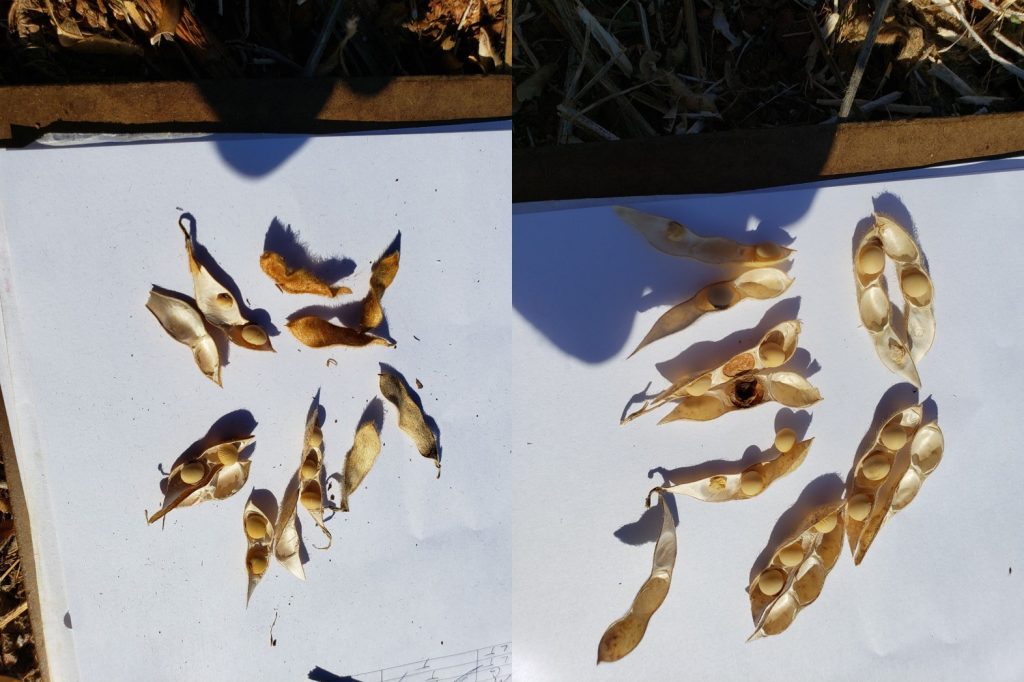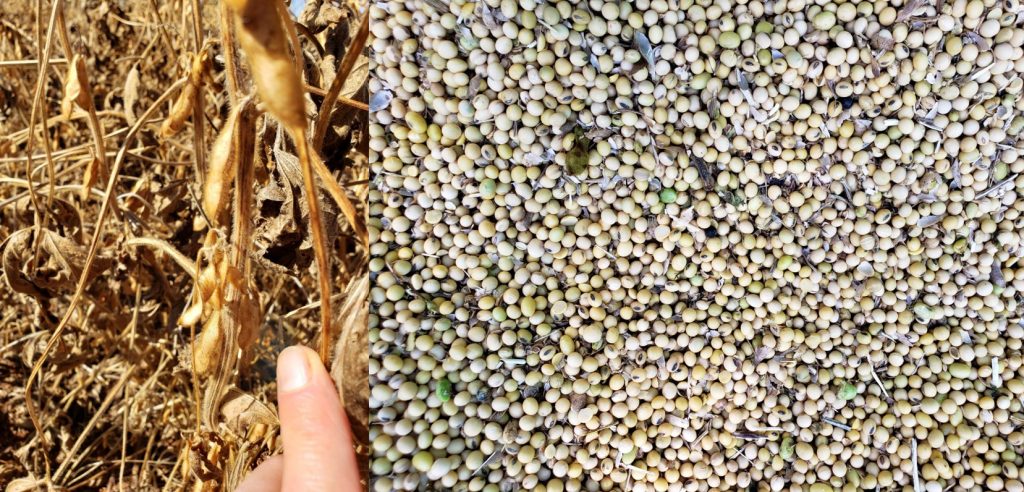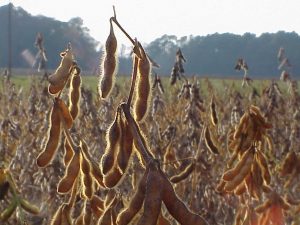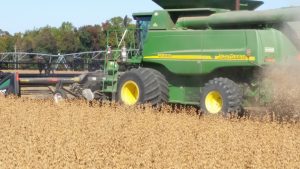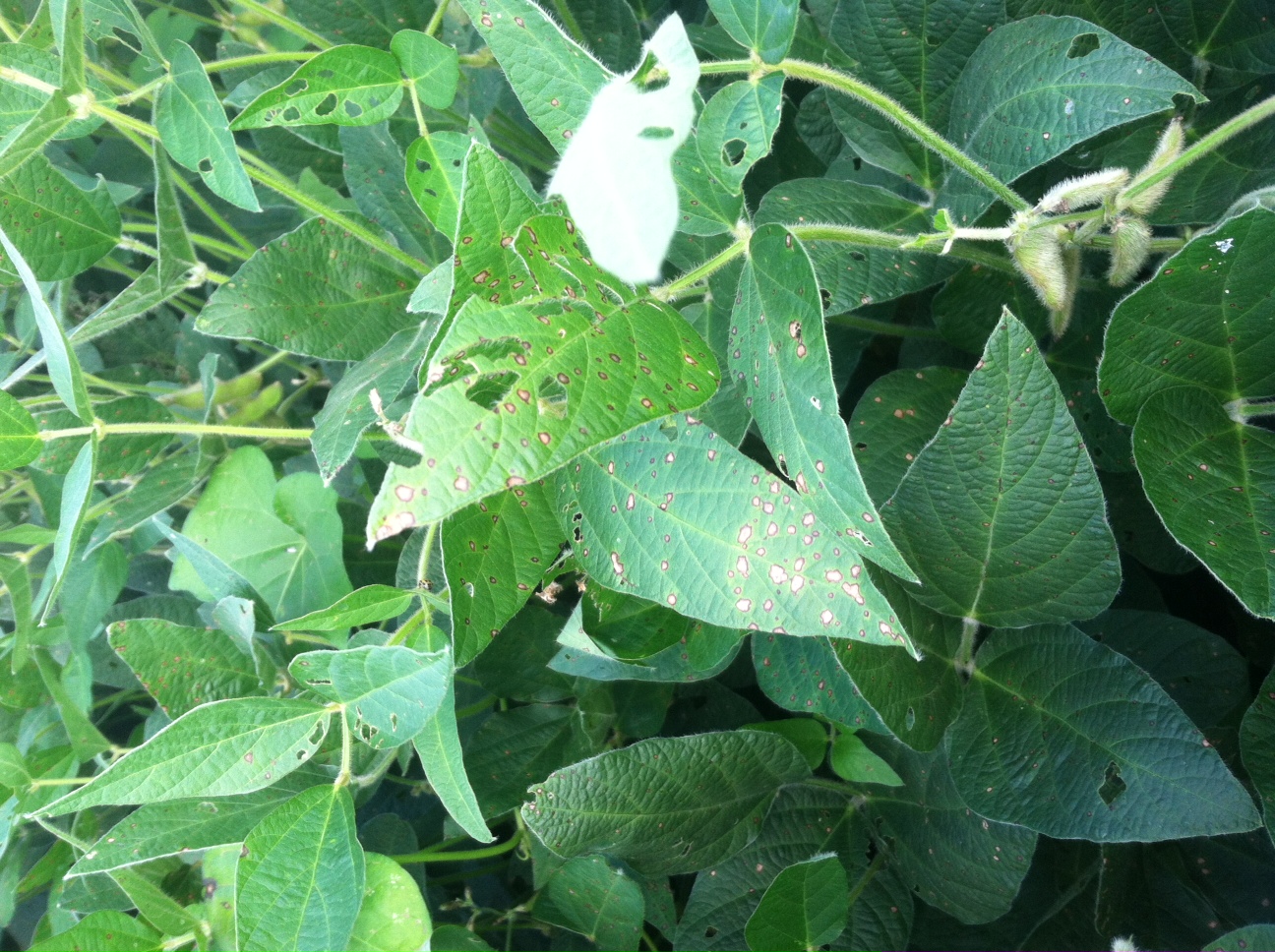Best Planting Dates & Maturity Groups (MG). If you’ve seen some of my presentations in the past, the best maturity groups will largely depend on location, but also on field productivity. Still, we cannot talk about maturity groups without a discussion on planting date, as they influence each other. Here are some general full-season guidelines:
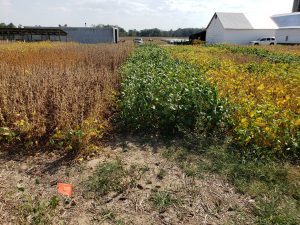
Planting Date. On average, there is little advantage, although no disadvantage, to planting in April if using adapted varieties. My data indicate that late-MG 4s and early 5’s are generally the best choice at both planting dates. But note my comments below regarding field productivity.
Location and Maturity Group. On average and most consistently, late-MG 4 and early- to mid-MG 5 varieties have yielded more than other relative maturities when planted in May in most of Virginia. Exceptions are the Northern Piedmont and Eastern Shore. In the Northern Piedmont, late-3s through late-4s yield more than 5s. On the Eastern Shore, early- and mid-4s appear to have the advantage.
Note that these comment are based on relative maturity and planting date studies over the last 3 years and from 10 years of variety test data. This does not mean that you will see similar results every year on every field. There are always exceptions, including the following.
Early planting dates and maturity groups work best on the most productive field. By planting early with an earlier-than-adapted relative maturity will place the most critical time of soybean growth and development, the pod and seed stages, earlier in the year. We generally experience more water and heat stress earlier in the summer; therefore, a more productive field/better soil type will better tolerate the stress (and better take advantage of the longer days).
Later planting dates and later maturity groups work best on less productive soils. By planting later (up to the first week of June) and with later maturity groups (mid- to late-5s), we can avoid the most stressful time of the year, placing the critical pod and seed development into a less stressful time of the year.
Full-Season Seeding Rates: In general, 100,000 to 140,000 seed/acre (assuming at least 75% emergence) is enough to maximize soybean yield when planted in April and May. I’ve even maximized yield with less seed when early-season growth is good. All we are trying to do is grow enough leaves to get 90 to 95% light interception by early pod fill (R3).
A more detailed analysis of my data however revealed that under relatively low-yielding conditions (less than 35 bushels/acre), we need the greater seeding rates. And the lower rates sufficed under higher yielding conditions. Others have found the same thing in the Midwest and South America. What does this mean as far as adjusting your seeding rates?
First, on historically poor-yielding land, use 130,000 to 140,000 seed/acre. On historically better-yielding land, you can reduce that rate down to 100,000 to 110,000.
Note that the later you plant, as you approach June, greater seeding rates will more likely insure maximum yields.
Also note that plant emergence may be less when planted on cold, wet soils; therefore, increase the seeding rate by 10% or so.
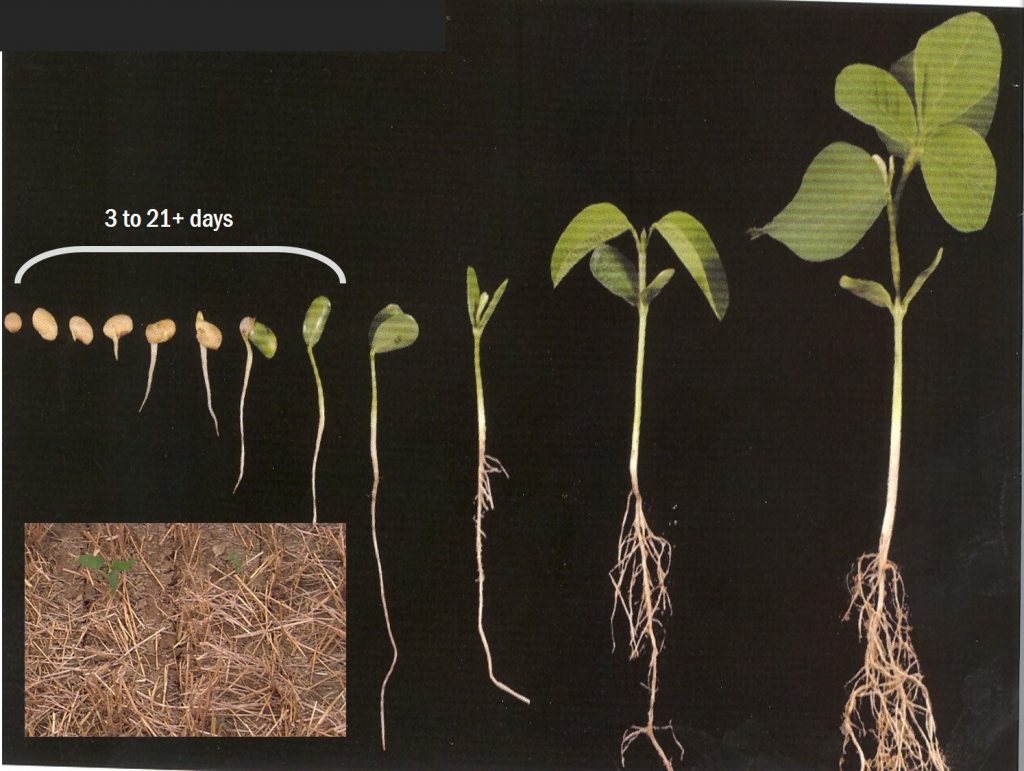
Seed Depth. My philosophy on seed depth is plant into moisture at a depth that will give you the best and fastest emergence. Note that the longer the soybean is in the ground, the more likely it will be affected by a seedling disease. I usually recommend 1 inch deep to the bottom of the seed. Under cool and moist soils, plant as shallow as 1/2 to 3/4 inch deep. This will hasten emergence.
Once the soil warms up, you can plant deeper since germination and emergence will take place faster. But, try not to plant over 1.5 inches deep, especially in April or May. Only do so if the soil is very warm and there is little moisture in the top 1 to 1.5 inches.

